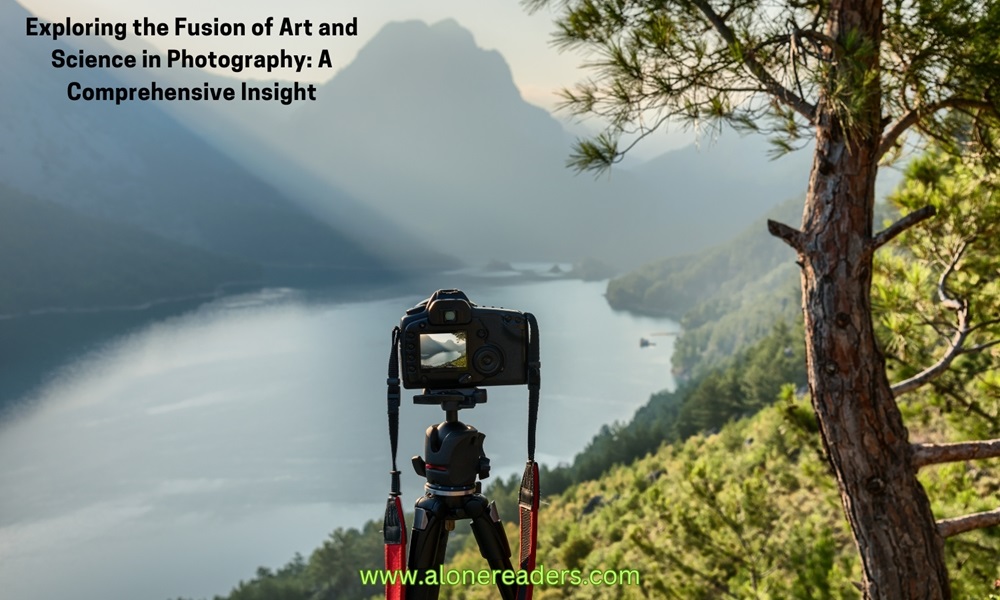
Photography, a term coined from the Greek words for 'light' and 'drawing', beautifully encapsulates the essence of this medium - drawing with light. It is an art form deeply rooted in scientific principles, yet it transcends into a realm of creativity and expression that resonates with people from all walks of life. The journey of photography, from its inception to the modern digital age, is a fascinating blend of artistic vision and technological innovation.
The birth of photography can be traced back to the early 19th century. Scientists and artists were seeking ways to capture the world around them, not just through painting or drawing but through the means of light itself. The invention of the camera obscura, a dark chamber with a small hole that projected an image on the opposite wall, was the first step in this direction. This led to the development of the first photograph by Joseph Nicéphore Niépce in 1826, a simple yet groundbreaking achievement that set the foundation for the future of photography.
The evolution of the camera and photographic processes over the years reflects a constant interplay between science and art. In the mid-19th century, the daguerreotype and calotype processes made it possible for images to be permanently recorded. These methods, however, were not without their limitations, requiring long exposure times and complex processing. As science progressed, so did the efficiency and accessibility of photography. The invention of roll film and the handheld camera by George Eastman in the late 19th century democratized photography, making it accessible to the masses.
Photography's role as an art form began to solidify in the early 20th century. Pioneers like Alfred Stieglitz and Edward Steichen began to promote photography as a means of personal expression, comparable to painting or sculpture. They explored various themes, from candid street photography to meticulously staged compositions, demonstrating the vast potential of photography as a medium for artistic storytelling.
The science behind photography is as intriguing as its artistic aspects. At its core, photography is about capturing light. A camera, whether it's a traditional film camera or a modern digital one, essentially functions by recording light through a lens onto a light-sensitive medium. In film cameras, this medium is the photographic film, where a chemical reaction occurs when exposed to light. In digital cameras, an image sensor made up of millions of photosensitive diodes converts light into electrical signals, which are then processed into digital images.
The understanding and manipulation of light is fundamental to creating impactful photographs. Elements such as exposure, which determines how much light reaches the camera's sensor or film, and aperture, which controls the size of the lens' opening, are critical in shaping the look and feel of a photograph. The interplay of shadows, highlights, and colors, orchestrated by the photographer, can evoke a wide spectrum of emotions and narratives.
The development of color photography added another dimension to the artistic palette of photographers. Initially, color photography was seen as too garish or unrealistic compared to the more subtle tones of black and white. However, as the technology improved, it became an essential tool for photographers, opening up new avenues for expression and communication.
Digital photography has revolutionized the field in recent decades. The transition from film to digital sensors has not only made photography more accessible but also expanded its creative possibilities. Digital cameras allow photographers to instantly review and edit their images, encouraging experimentation and instant feedback. Moreover, the integration of photography with computer technology, such as photo editing software, has blurred the lines between photography and digital art, allowing for even more creative freedom and manipulation.
Despite the technological advancements, the essence of photography remains unchanged. It is about capturing a moment, an emotion, or a story, and sharing it with others. The photographer's eye is the most crucial tool in this process. Understanding composition, perspective, and timing are skills that transcend the type of camera or the film used. It's about seeing the world in a unique way and conveying that vision through the photograph.
The future of photography promises to be as exciting as its past. Advances in technology continue to push the boundaries of what can be captured and how images are created. High-resolution cameras, drones, and even smartphones are opening up new perspectives and ways of seeing the world. Artificial intelligence and computational photography are beginning to play a role in how images are processed and interpreted, offering new creative possibilities and challenges.
In conclusion, photography stands at the crossroads of art and science. It is a medium that continuously evolves, adapting to technological changes while maintaining its core as a powerful tool for communication and expression. As we look to the future, photography will undoubtedly continue to inspire, challenge, and captivate us, just as it has since the first image was captured over a century ago.